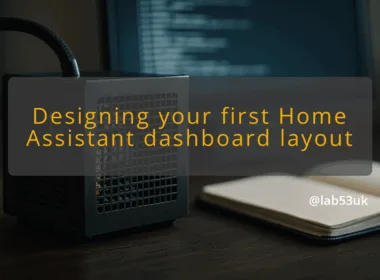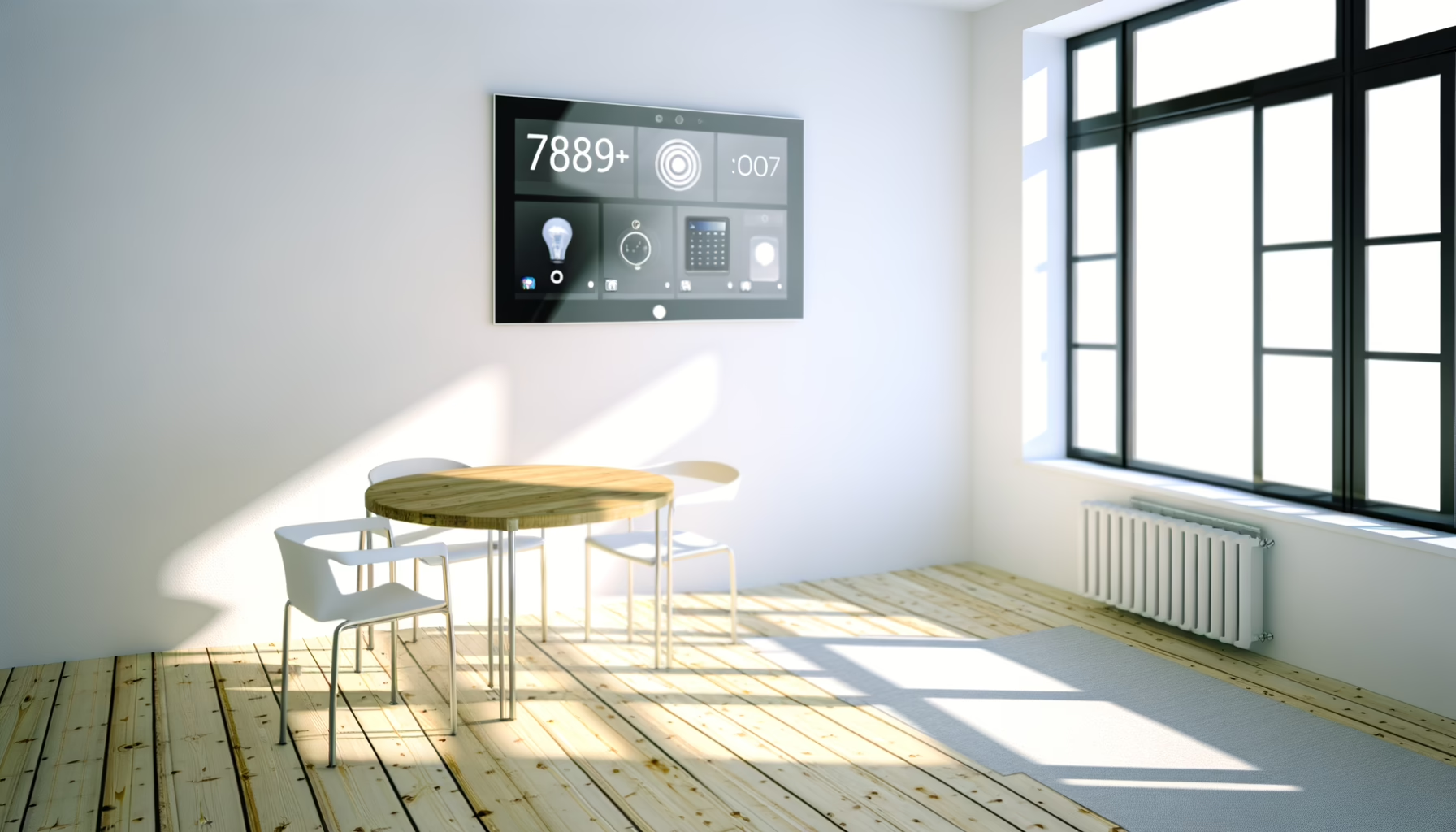Unlocking Smart Home Potential with Shelly
Have you ever wondered why your smart home setup feels more like a tangled web of incompatible devices rather than a seamless integration? In the UK, where homes often come with their own quirks and dated wiring, achieving a truly smart home can feel like a Sisyphean task. Enter Shelly’s Z-Wave devices, which promise to enhance smart home integration and sustainability. But do they live up to the hype?
Shelly’s expansion into Z-Wave Long Range (ZWLR) technology is a game-changer. This technology allows devices to communicate over distances exceeding a mile and support up to 4,000 devices on a single network. That’s right, 4,000. If your home setup feels like it’s constantly on the brink of collapse, this could be your saving grace.
The Power of Z-Wave Long Range
Z-Wave Long Range technology isn’t just a fancy term to throw around at dinner parties. It’s a significant upgrade from traditional Z-Wave mesh networks. With ZWLR, you can:
- Extend your smart home network over a mile.
- Connect up to 4,000 devices.
- Ensure enhanced security with advanced encryption.
- Maintain compatibility with existing Z-Wave devices.
This means you can finally have that smart garden shed without worrying about connectivity issues. Unless, of course, your setup’s odd—then all bets are off.
Choosing the Right Shelly Device
Navigating the world of Shelly devices can feel like choosing the right wine for dinner. Do you go with the Shelly 1L, which doesn’t need a neutral wire, or the Shelly 2.5, which can control two circuits? Here’s a quick guide:
- Shelly 1L: Ideal for homes without a neutral wire, max load 4.1A.
- Shelly 2.5: Requires a neutral wire, controls two circuits up to 10A.
- Shelly 1PM: Handles up to 16A, perfect for heavy-duty applications.
- Shelly 1: Best for dry contacts or 12V DC applications.
Each model serves a specific purpose, and understanding your home’s wiring is crucial. I’ve hit this myself, thinking I could just plug and play, only to find out my wiring was as outdated as my taste in music.
Integrating Shelly with Home Assistant
Once you’ve chosen your devices, integrating them with Home Assistant is the next step. Shelly devices can operate independently from the cloud, which is a blessing if you’re tired of your smart home going dumb every time your internet hiccups. Here’s how you do it:
- Connect the Shelly device to your WiFi via its app.
- Ensure local control using protocols like REST or MQTT.
- Seamlessly integrate with Home Assistant for enhanced automation.
This setup allows you to maintain traditional switch functionality, which is perfect for guests who aren’t as tech-savvy. Because let’s face it, not everyone wants to download an app just to turn on the lights.
The Sustainability Angle
Beyond just connectivity, Shelly’s devices are designed with sustainability in mind. By enabling more efficient energy management and reducing the need for constant replacements, they contribute to a greener home environment. This is particularly relevant in the UK, where energy costs can be as unpredictable as the weather.
Final Thoughts
So, what’s the verdict? If you’re looking to unlock the full potential of your smart home, Shelly’s Z-Wave devices are a solid choice. They offer enhanced connectivity, scalability, and sustainability. But remember, understanding your home’s unique wiring and setup is crucial. Dive in, experiment, and don’t be afraid to make mistakes. After all, that’s part of the journey to a smarter, more sustainable home. And if all else fails, there’s always the good old-fashioned light switch.









